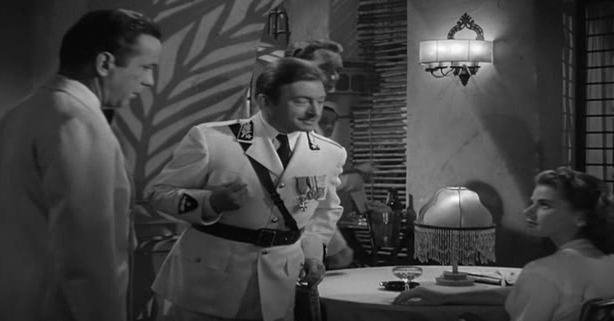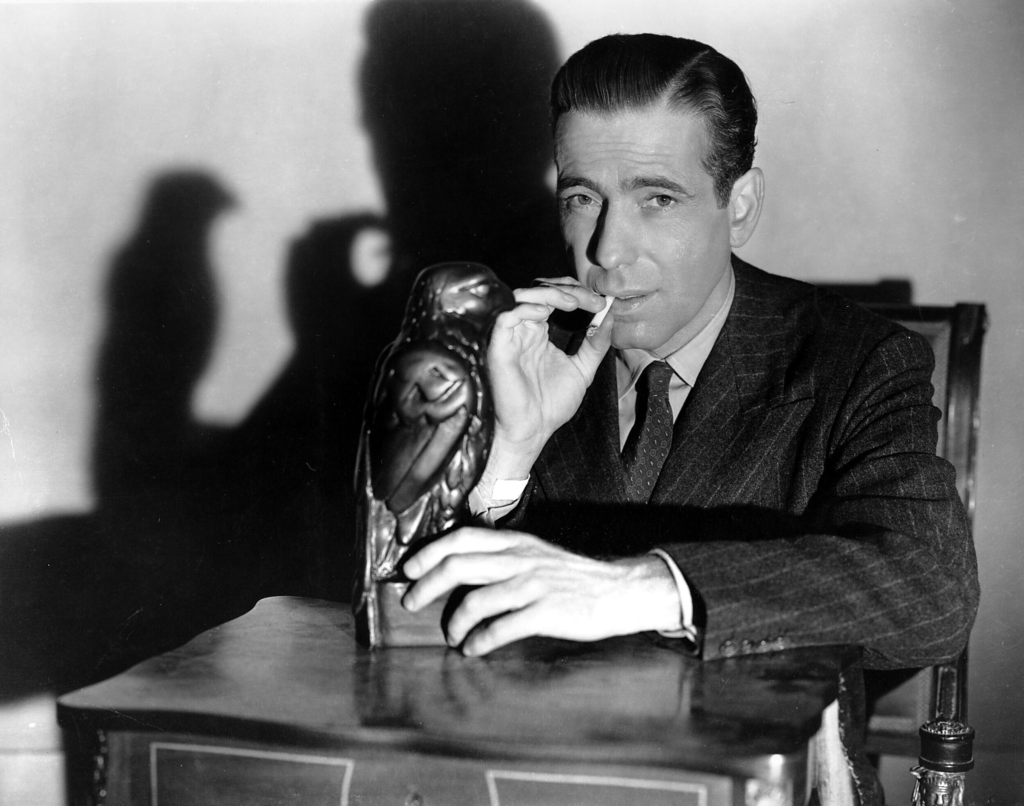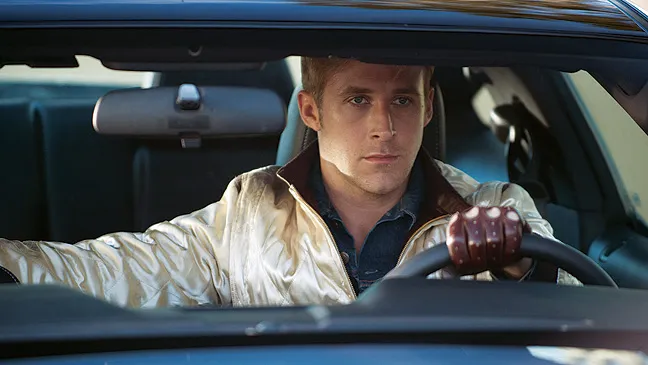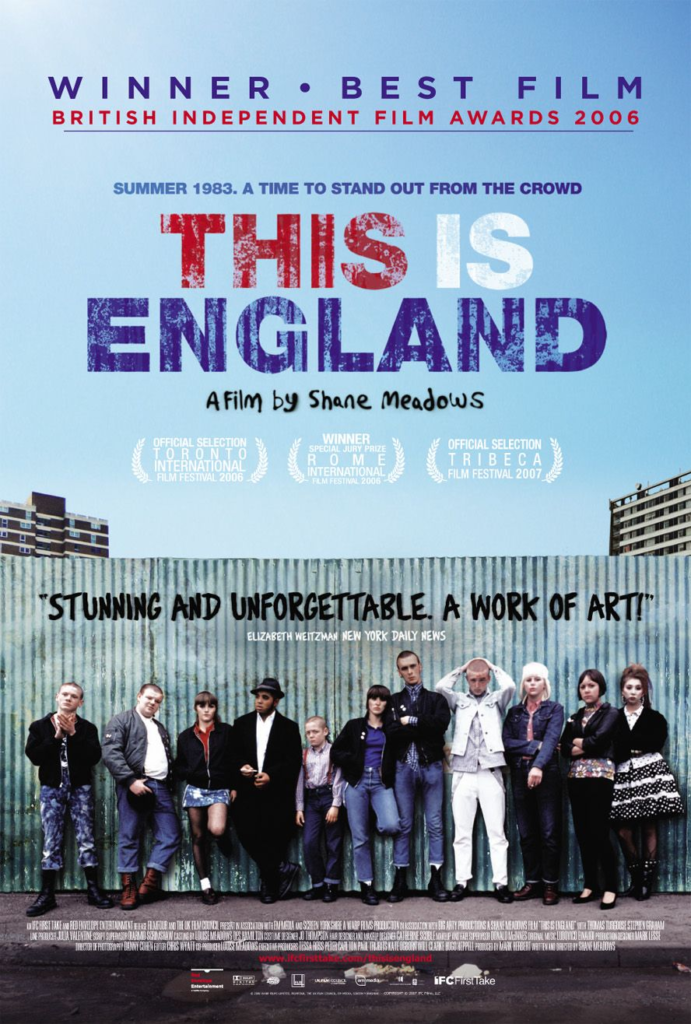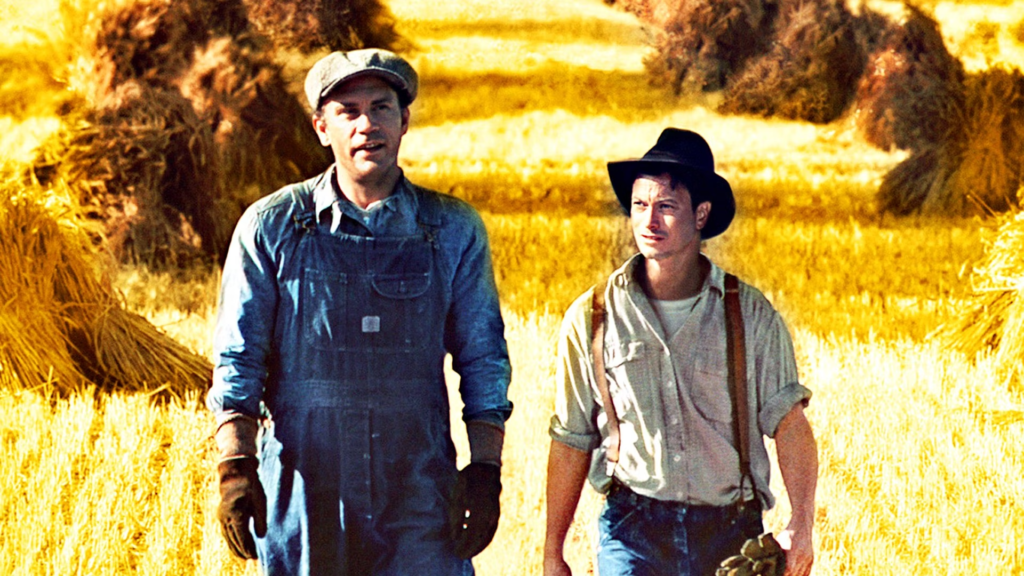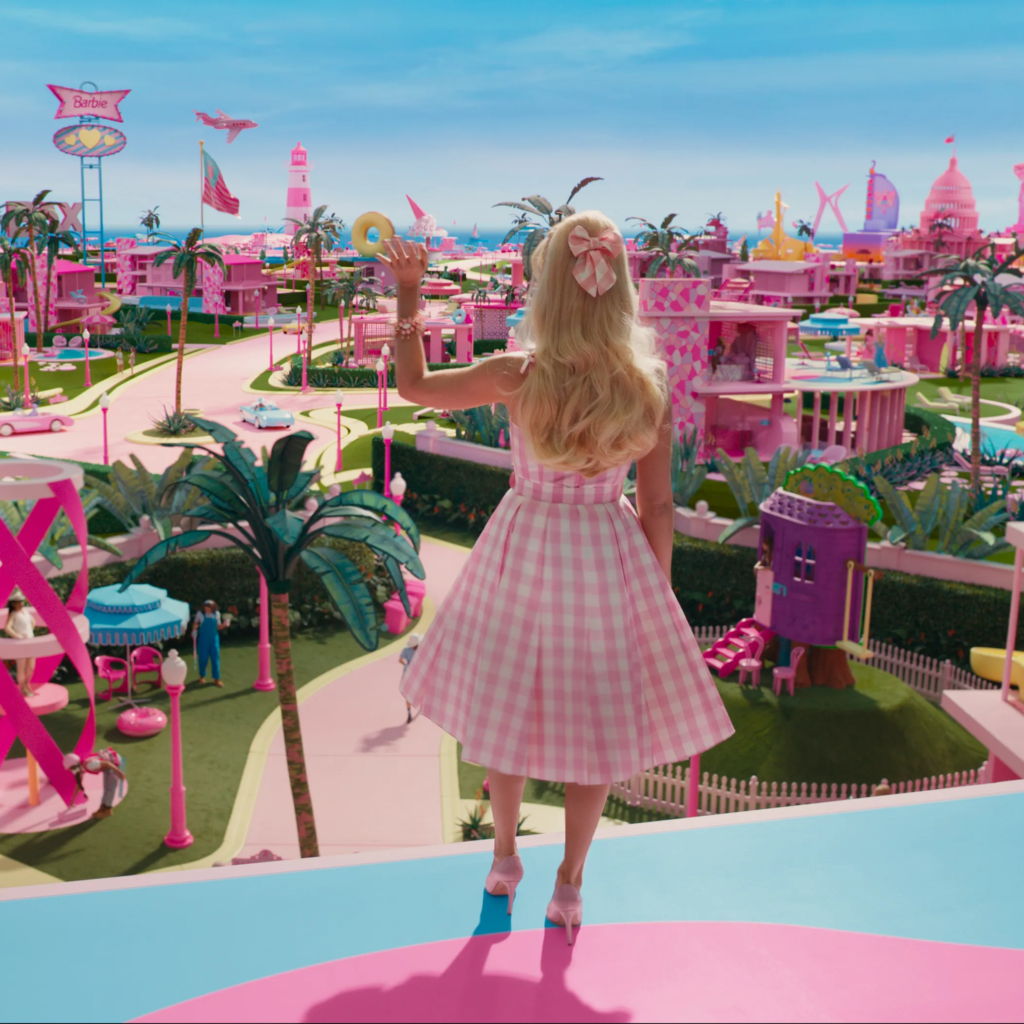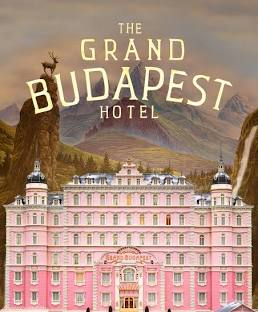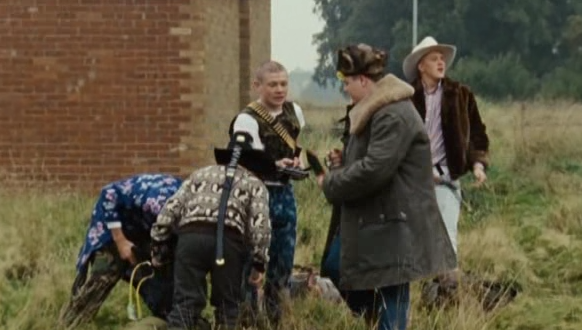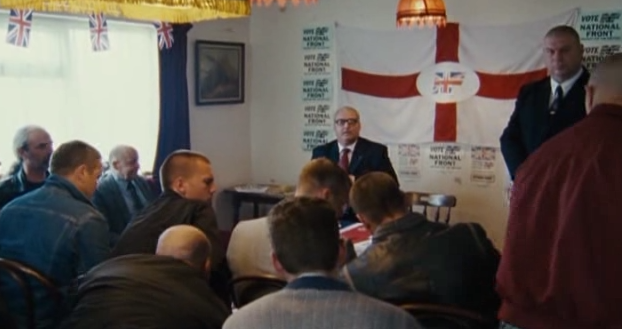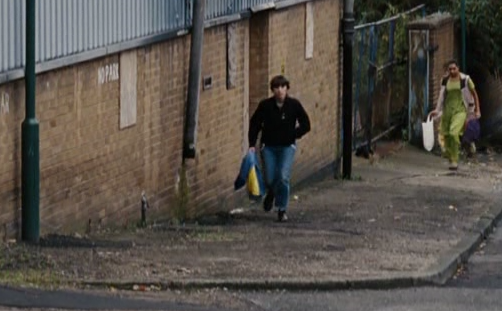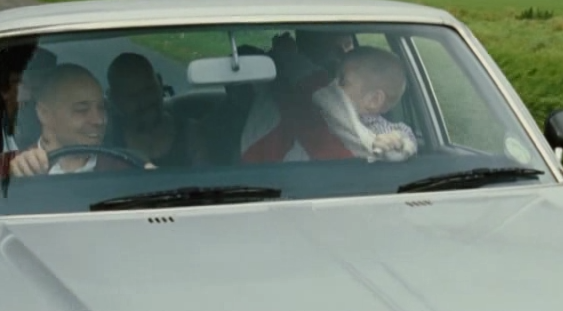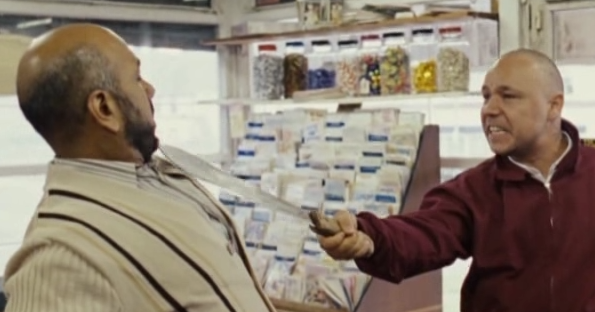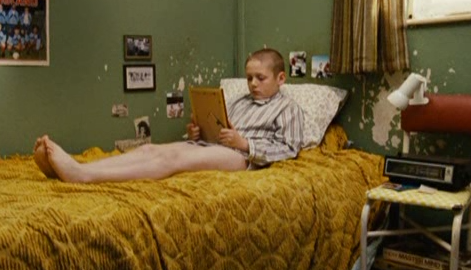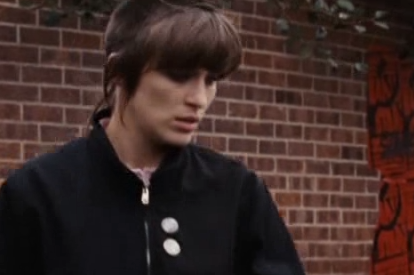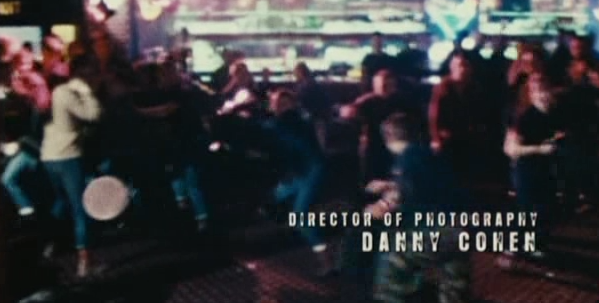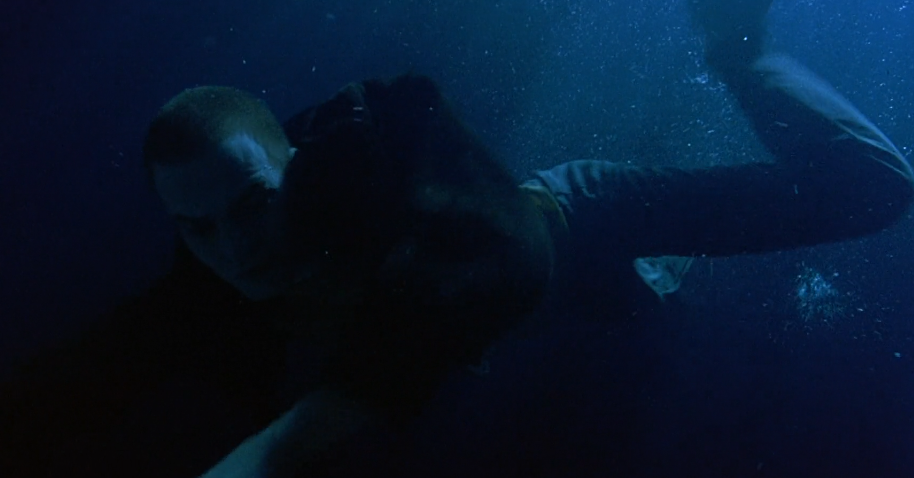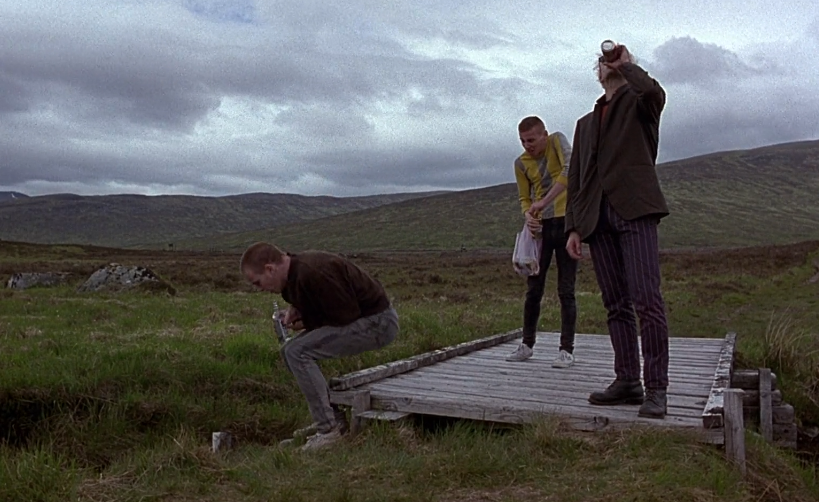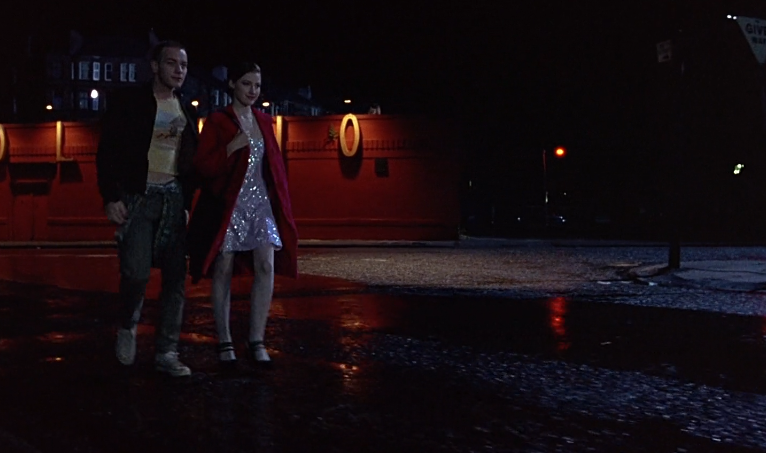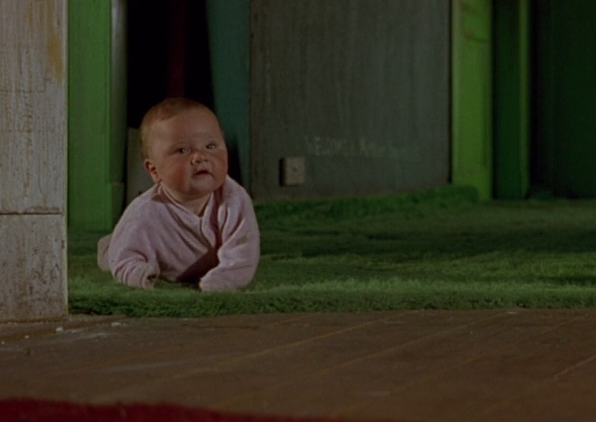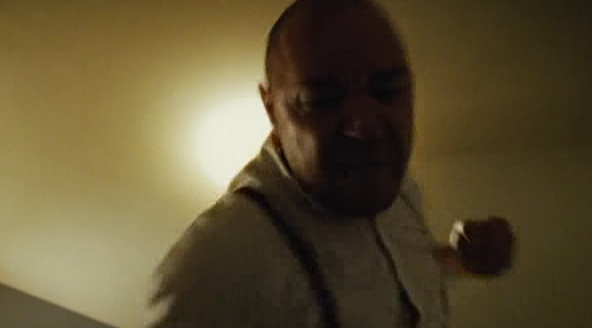Why did filmmakers and producers move to Hollywood?
They moves to Hollywood due to the easy access to a variety of different terrain that can be films, it’s reliable sunny clear weather that can be used year round for shooting.
Name some of the big stars, directors and pictures from the silent era
Stars: Clara Bow (New York, USA), Mary Pickford (Toronto, Canada)
Directors: Charlie Chaplin(London, England), D.W Griffith (Kentucky, USA)
Pictures: The Gold Rush, The general
In what ways were the early Hollywood studio system like a factory, production line or the premier league?
Actos may be working for one company but if they are not performing their contract could be cut no matter their star status, actors had little control over their career as they could be loaned similarly to football players now.
When and what was the first “talking picture”
The jazz singer, it came out on October 6th 1927

Why did the end of the silent era cause problems for some performers working in the film industry?
Some voices may have been unsuitable and their acting abilities decreasing as they had been performing silently and do not have the talent when using their voice, as well as not understanding the technology of recording sound.
What was happening in America and the world during this time?
WW1 had just ended (in 1918) so many countries were recovering, The American economy crashed after the wall-street crash leading to the great depression in 1929.
The Hollywood studio system, the golden age of Hollywood
1930-1947
What were the big 5 studios and what were they known for?
MGM: Made high budget musicals, comedies and melodramas as well as book to screen adaptations, using big stars. For example, “the Wizard of Oz”
Warner Bros: Branded themselves as the “studio of the working class” and made low budget melodramas, movies set during the Great Depression and gangster movies such as The Public Enemy
Paramount: Known as the most European studio as many filmmakers came from Germany or the UK. They gave more freedom to filmmakers and made “The sign of the cross”
Fox: Had a director named John Ford who won back to back oscars for best director and film, for “How green is my valley” and “The grapes of wrath”
RKO: Created many musicals and films spanning many genres including comedy or action. RKO was also responsible for one of the most influential films of all time “Citizen Kane”
Censorship: HAYs Code
The HAYs code was implemented and written up in 1930, this was seen as a set of rules for what could and couldn’t be included in the films such as forbidding the use of racial slurs, profanity, obscenity and the showing of sexual assault. In addition, the code also limited the use of nudity, criminality and graphic violence. For example, a kiss on screen could not last longer than 7 metres of film, and one actor had to have a foot on the floor in order to prevent showings of a sexual nature.
Classical Hollywood style
What is meant by the invisible style of storytelling?
Refers to conceal artistic choices to give films a natural story to give audiences, this can be done through lighting and camera work to make films more immersive.
What does continuity mean?
When the sequence of shots are edited together to be fluid and unified most commonly, in chronological order.
